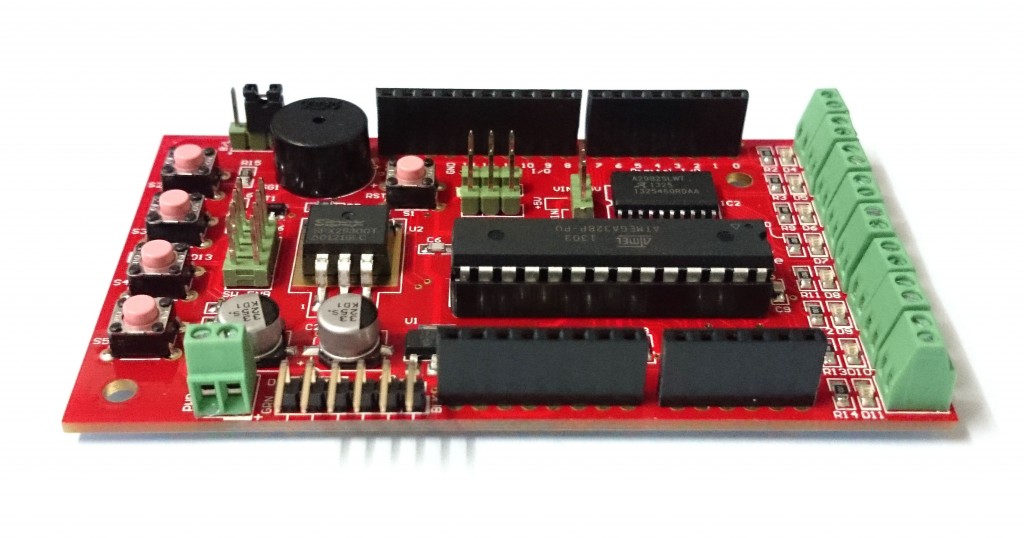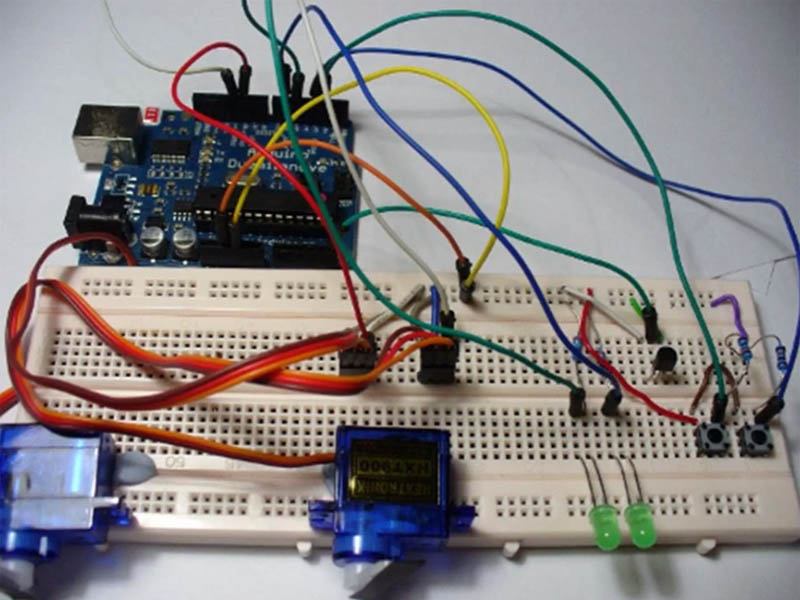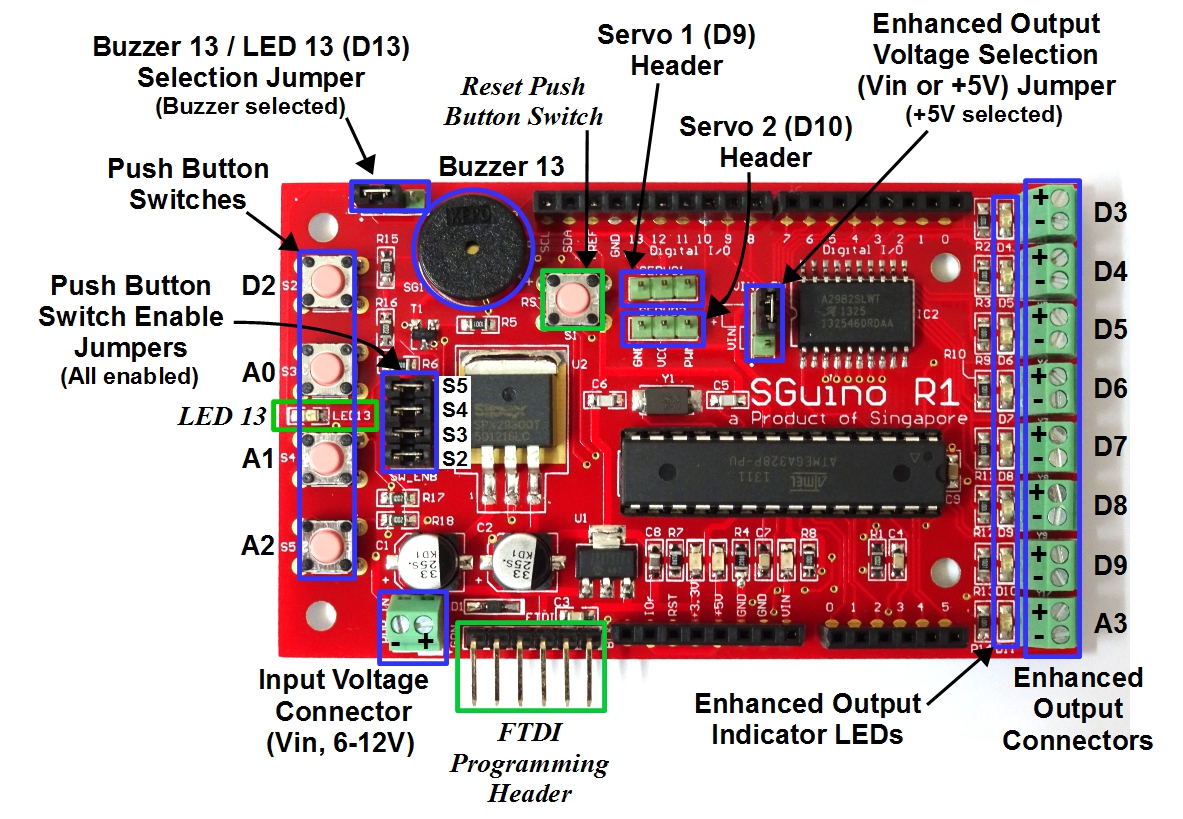The first Arduino compatible board designed and made in Singapore was showcased at the CommunicAsia 2014 exhibition. The SGuino is a collaboration between IDA Labs and our company. The Arduino compatible board makes it easy for children and young Makers to start tinkering with computer programming and electronics.
At the CommunicAsia 2014 Summit on 18 June 2014, IDA’s Executive Deputy Chairman, Mr Steve Leonard, presented his opening keynote speech titled “Smart Nation: Innovating for a new experience”. He talks about Singapore’s Smart Nation vision and the constituents required to move towards that vision. A fantastic presentation.
Mr Steve Leonard talks about “Getting kids to be comfortable, interested and excited about technology.” The workshops (like robot building workshops) “Are not graded, not scored and not marked.” It is basically about “Are you having fun?” and “Are you learning something about the technology?” Furthermore, “What is it that you like to do and what can we help you to do?” Referring to the workshops, “It’s for the kids to know that it’s something that someone cares about.” It is empowering our younger generation to have fun learning about technology and knowing that it is important because someone (not just anyone, as seen in the video) cares.
Another message was that “Singapore is trying to think about how to be great at exploring and experimenting and building.” As one of the ways to build technologies, IDA leverages on the popular Arduino platform.
The Arduino is a programmable controller (or the “brain”) that can be used to control many electronic devices. You can read this article to find out more about the Arduino. In Arduino workshops, participants are typically taught to make simple connections using breadboards and a bunch of wires to basic electronic devices like LEDs and servos as shown in the image below.
They would also learn how to write code for the Arduino and to get the whole system working.
We feel that a better way to learn about the Arduino would be to focus on the software first. Making connections to components and understanding about them is important but could be delayed till a later stage when more confidence has already been built-up. This is where the SGuino comes in. (literally, about 11 minutes into the video)
The following image shows features that are unique to the SGuino. There are four built-in push buttons that could for example be used as the “Left, Right, Up and Down” buttons for some application. There is a built-in piezoelectric buzzer that can be used to play music. Eight ‘Enhanced Outputs’ can be connected directly to drive 12V LEDs. These outputs comes with individual indicator LEDs to facilitate programming in the absence of external connections.
The following short videos were taken at the IDA Labs exhibition booth at CommunicAsia 2014. Both video show the SGuino connected to a servo (on the left) and eight short strips of 12V LEDs (at the top).
The first video shows SGuino playing the tune ‘Do, Re, Mi’ and so on. While playing a tune, the servo turns and a corresponding external LED lights up. Notice that the on-board blue colour ‘Indicator LEDs’ light up in synchronous with the external LEDs. These ‘Indicator LEDs’ play an important role in program testing and verification, especially when there are no external LEDs connected.
The second video makes use of the on-board push-buttons as input selection devices to change the demonstration pace. The center two buttons toggle between two modes. The first mode plays ‘Do, Re Mi’ and moves the servo as well as lights up the LEDs as seen in video 1. The second mode plays a tune from the movie ‘James Bond’. The left-most button slows down the speed or tempo of the music while the right-most button increases the speed.
The SGuino requires an external USB to Serial interface board for programming. The widely available FTDI board is one such board. This is similar to how you would program some Arduino boards such as the Arduino Pro-mini. By introducing the concept of an external programming board from the very beginning, it would reduce or even remove the barrier many Arduino users face when they progress from a board that has a built-in programmer (e.g. UNO) to one that does not (e.g. Pro-mini).
The SGuino is not yet available for retail at the moment. Please contact us for further queries.
Thanks for your time.






Comments are closed